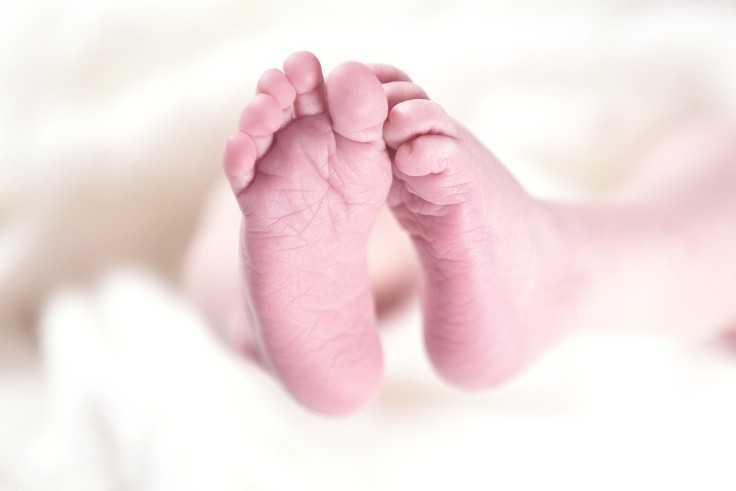With more and more cases of premature infants being born and their chances of survival being slim, the AquaWomb is giving mothers a chance at a miracle to help their babies live.
An example of this is Beth Schafer, who braced for the birth of her son as she lay in a hospital bed. The first contractions she had happened before she was even remotely ready to give birth to her baby.
Helping Premature Infants Survive
Schafer knew that the baby she had was not ready just yet, at only 23 weeks of gestation. Her son was teetering on the cliff edge of viability by medical standards, which is the fragile threshold where modern medicine offers any promise of keeping babies alive.
When her child was born, the mother's son could not cry at all, and the instant his entire body landed in the delivering doctor's hand, other medical professionals assisted to start resuscitation, according to The Guardian.
However, despite their desperate efforts to triage and coax air into the infant's tiny, caved-in lungs, they were not able to supply enough of what the baby needed most, which was more time in his mother's womb.
The 39-year-old mother, who is a painter turned graphic designer, said she would have "moved mountains for him," referring to her late son. Her statement came two years after the tragic development that took her baby from her.
But now, artificial wombs are one way that researchers are using to try and give premature babies a better chance at survival after being born. Startup AquaWomb is one of these, and it is based in the Netherlands, CPG reported.
Benefits of the AquaWomb
AquaWomb is developing these devices that will improve health outcomes for the smallest and sickest infants. The device itself is only about the size of a household fish tank and is situated under fluorescent lights for better visibility inside.
The device should, ideally, be covered to mimic the dimness of the womb and features tubes that coil from the sides into filters that cycle synthetic amniotic fluid in rhythmic glugs. A technical physician and the co-founder and CEO of AquaWomb, Myrthe van der Ven, showed how the device worked.
She noted that the manikin shown was not only realistic in terms of size and weight, but added that it also contained sensors. This allowed them to measure just how the baby placed inside the device is doing, including providing them with oxygen and heart rate data, as per TUE.
